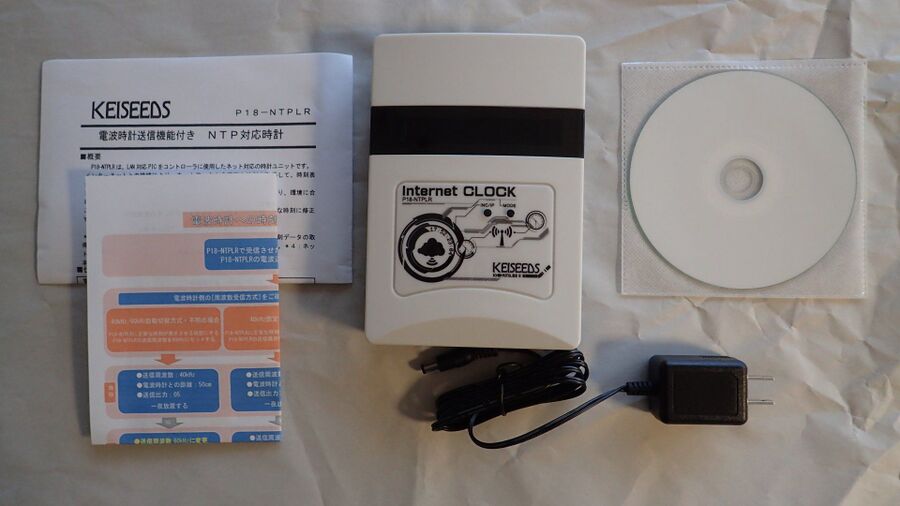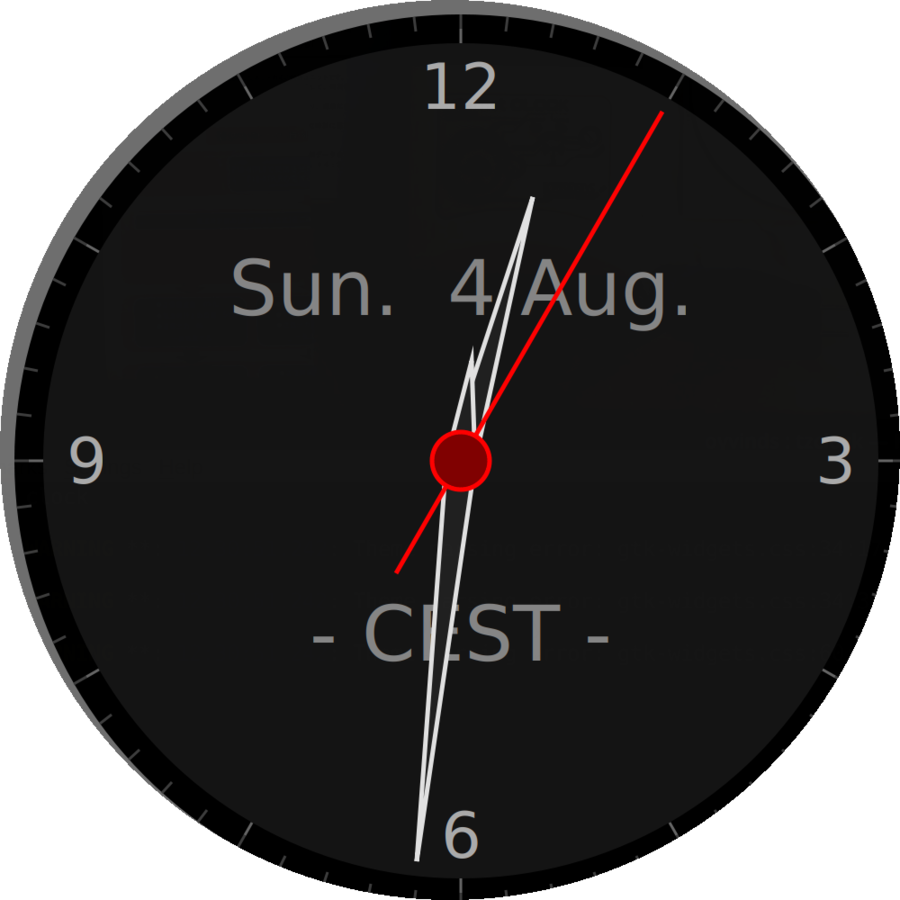The Japanese have NTP synchronized wall clocks
The Network Time Protocol is the standard way of synchronizing clocks on the Internet. All modern Linux machines can use this method and many distributions enable the systemd timesyncd service for clock synchronization using NTP by default. Regular wall-clocks found in homes have so far been relying on either GPS, radio signals or humans manually adjusting the time. The Japanese have now come up with standard wall and bedside table clocks which can synchronize time using the standard NTP protocol.

The latest in Swedish clock technology requires weekly manual rewinding and the time has to be set manually.
Europe has long been stuck with wall clocks which require manual rewinding and manual adjustments as the clock inevitably drifts away from correct time by a few minutes per year. The Japanese, who are generally years ahead of the Europeans, have had digital clocks for a number of years. Their clocks have so far synchronized time using radio signals as well as GPS signals. Both of these technologies have a significant flaw: The signals do not always work in-doors. GPS is specially unreliable when there is no clear view of the sky.

Japanese clocks can connect to the Internet and synchronize time using the standard Network Time Protocol.
The Japanese have now come up with a variety of clocks which can connect to the Internet and automatically adjust to the correct time. You may want to setup and configure your own NTP server on your local network if you are able to get your hands on one of these Japanese clocks. It is also possible to use external NTP servers on the Internet directly.

Japanese NTP clock capable of sending time information to older clocks using radio waves.
The Japanese publication ascii.jp reports that the NTP clocks are much more accurate than the previous generation digital clocks which rely on radio-waves. They also report that some of the new Japanese Internet connected NTP clocks can send radio signals and synchronize older radio-based clocks.
We have no information indicating if/when the Japanese will grant the Europeans or the Americans access to this technology. Adjusting existing clocks using time read off a Linux computer is, of course, an option until they grant access these new NTP-capable digital clocks. Users of distributions with systemd can configure NTP servers in the file /etc/systemd/timesyncd.conf and start and enable the systemd-timesyncd service with the command systemctl --now enable systemd-timesyncd.

tzclock launched with tzclock -a -h -s1000
Linux machines can be used to show the exact time by running xclock -digital -twentyfour -update 1 (do note that xclock needs -update 1 to update each second; it defaults to updating once per minute). tzclock is also great alternative while we wait for access to the new Japanese clocks. tzclock -a -h -s1000 will produce a nice-looking analog clock. Showing a clock on a computer monitor isn't as great as the fancy new stand-alone Japanese wall-clocks, but it is something we can use while we wait for the new Japanese technology to reach us.
Enable comment auto-refresher
Rms
Permalink |